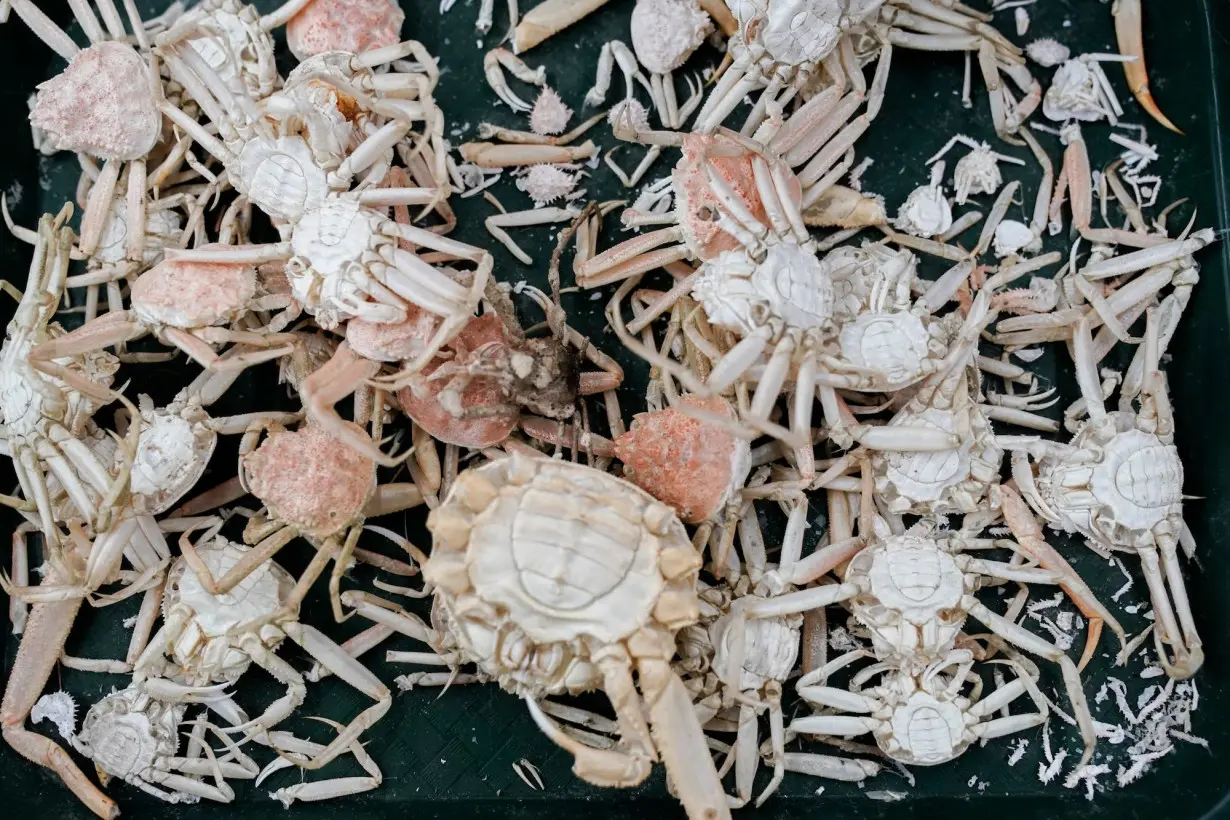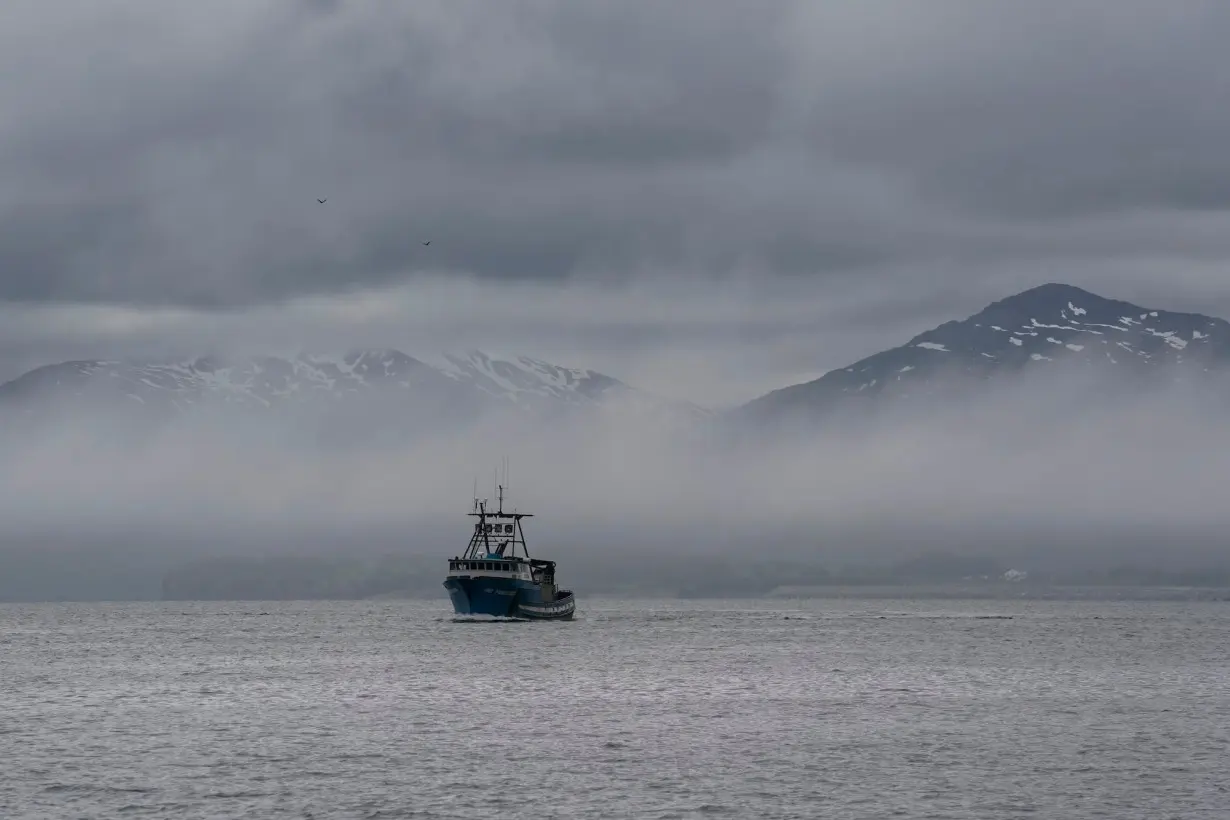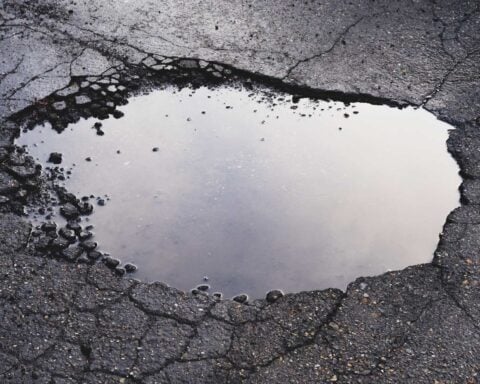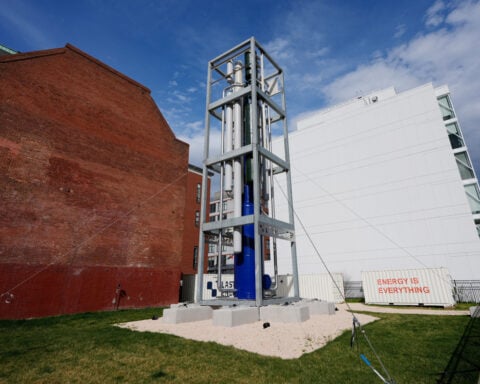(CNN) — Fishermen and scientists were alarmed when billions of crabs vanished from the Bering Sea near Alaska in 2022. It wasn’t overfishing, scientists explained — it was likely the shockingly warm water that sent the crabs’ metabolism into overdrive and starved them to death.
But their horrific demise appears to be just one impact of the massive transition unfolding in the region, scientists reported in a new study released Wednesday: Parts of the Bering Sea are literally becoming less Arctic.
The research from the National Oceanic and Atmospheric Administration found warmer, ice-free conditions in the southeast Bering Sea — the kind of conditions found in sub-Arctic regions — are roughly 200 times more likely now than before humans began burning planet-warming fossil fuels.

The study underlines “how much this Bering Sea ecosystem has already changed from what it was even within the lifetime of one snow crab fisherman,” said Michael Litzow, lead author of the study and the director for Alaska’s Kodiak lab for NOAA Fisheries.
It also suggests “we should anticipate many more [very warm] years,” he said, while truly Arctic conditions — cold, icy, treacherous — will be few and far between.
Snow crabs, a cold-water Arctic species, thrive overwhelmingly in areas where water temperatures are below 2 degrees Celsius, though they can physically function in waters up to 12 degrees Celsius.
A marine heat wave in 2018 and 2019 was especially deadly for the crabs. Warmer water caused the crabs’ metabolism to increase, but there wasn’t enough food to keep pace.
Billions of crabs ultimately starved to death, devastating Alaska’s fishing industry in the years that followed.
Snow crabs are a commercially valuable species, worth up to $227 million a year, according to Wednesday’s study. Litzow said the industry needs to adapt, and fast.
“How are we going to do business differently as this process gets worse and worse for the snow crab fishery?” he said, noting that while he’s “hopeful” to get a recovery over a short period, since the region has been so far cold and new young snow crabs have spawned, he warned “the odds are for continued poor conditions” in the coming years.
The decline of the Alaskan snow crab signals a wider ecosystem change in the Arctic, as oceans warm and sea ice disappears. The ocean around Alaska is now becoming inhospitable for several marine species, including red king crab and sea lions, experts say.
A warmer Bering Sea is also ushering in new species, threatening those that have long lived in its treacherous, cold waters like the snow crab.
Normally, there is a temperature barrier in the ocean that prevents species like Pacific cod from reaching the crabs’ extremely cold habitat. But during the 2018-2019 heat wave, Pacific cod were able to go to these warmer-than-usual waters and ate a portion of what was left of the snow crab population.
“We have observed species shifts in distribution and mismatches in prey and predators, which have contributed to declines in some species like Pacific cod in the Gulf of Alaska,” Robert Foy, director of the Alaska Fisheries Science Center, told CNN.
Foy, who is not involved with the study, said these vast ecosystem changes are posing “new challenges and opportunities for fisheries science and management,” noting that fishery managers are now working to incorporate new technologies like drones and artificial intelligence to “more rapidly detect and respond to environmental changes and ecological responses.”
The Arctic region has warmed four times faster than the rest of the planet, scientists have reported. Litzow called what’s happening in the Bering Sea a “bellwether” of what’s to come.
“All of us need to recognize the impacts of climate change,” he said. “We pay a lot of attention to this for good reason — because people’s livelihoods depend on them.”
The-CNN-Wire
™ & © 2024 Cable News Network, Inc., a Warner Bros. Discovery Company. All rights reserved.

 Trump has begun another trade war. Here's a timeline of how we got here
Trump has begun another trade war. Here's a timeline of how we got here
 Canada's leader laments lost friendship with US in town that sheltered stranded Americans after 9/11
Canada's leader laments lost friendship with US in town that sheltered stranded Americans after 9/11
 Chinese EV giant BYD's fourth-quarter profit leaps 73%
Chinese EV giant BYD's fourth-quarter profit leaps 73%
 You're an American in another land? Prepare to talk about the why and how of Trump 2.0
You're an American in another land? Prepare to talk about the why and how of Trump 2.0
 Chalk talk: Star power, top teams and No. 5 seeds headline the women's March Madness Sweet 16
Chalk talk: Star power, top teams and No. 5 seeds headline the women's March Madness Sweet 16
 Purdue returns to Sweet 16 with 76-62 win over McNeese in March Madness
Purdue returns to Sweet 16 with 76-62 win over McNeese in March Madness








